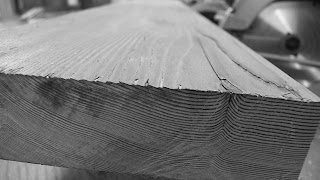
This is very historic wood, wood which was an integral part of the infrastructure needed to deliver food from farmer's fields on it's journey to our tables. Who can tell how many people were fed by the grains that washed over these boards? It was very important wood.
I realize all too well the daunting agenda the convention delegates have to tackle as I watch the live webstream of the debating. There are challenging issues to discuss. I think we as Christians need to go beyond the doors of our churches, beyond the comfortable confines of the community and fellowship in which we contain ourselves in our places of worship, our Lutheran schools, our bible camps. We need to be disciples in the world, going outward and participating fully in society with all of it's many struggles. We need to embrace issues of human suffering, social justice, and the environment. Of course we do this to some extent, but perhaps not enough.
It is with this in mind that my hope, my small hope, is that when people connect with the altar, as they run their hands over the contours of the top and the seeds embedded within it, they are able to see it not just as an instrument to assist worship or a construct of symbols, but that they can look at it like they would a sculpture or a painting and find their own meaning as it relates to their place in the world.
During the altar's construction I have spent a lot of time thinking about my ancestry's role in the noble task of growing food, and Saskatchewan's place in the agriculture of the world. My hope is that people will think about things such as the history of their food and from where their food comes. The world over people are hungry, people are obese, and our daily bread isn't as wholesome and nutritious as it used to be. Our food production system is more and more being controlled by the large multinationals and all levels of government. It is our responsibility to become aware, and to get involved in ways we are able.

Thanks
This project was made possible largely by the vision of Katherine Soule Blaser, Rev. David Hunter and the entire worship committee of the ELCIC National Convention. I would like to thank them for the opportunity to work with such historic wood. Without their support and efforts this meaningful project would not have taken place. Also thanks to David Neufeld, Paul Blaser, Adolph Peters, Viktor Fast, all those who showed interest and gave words of encouragement, and of course my Crystal.


















































